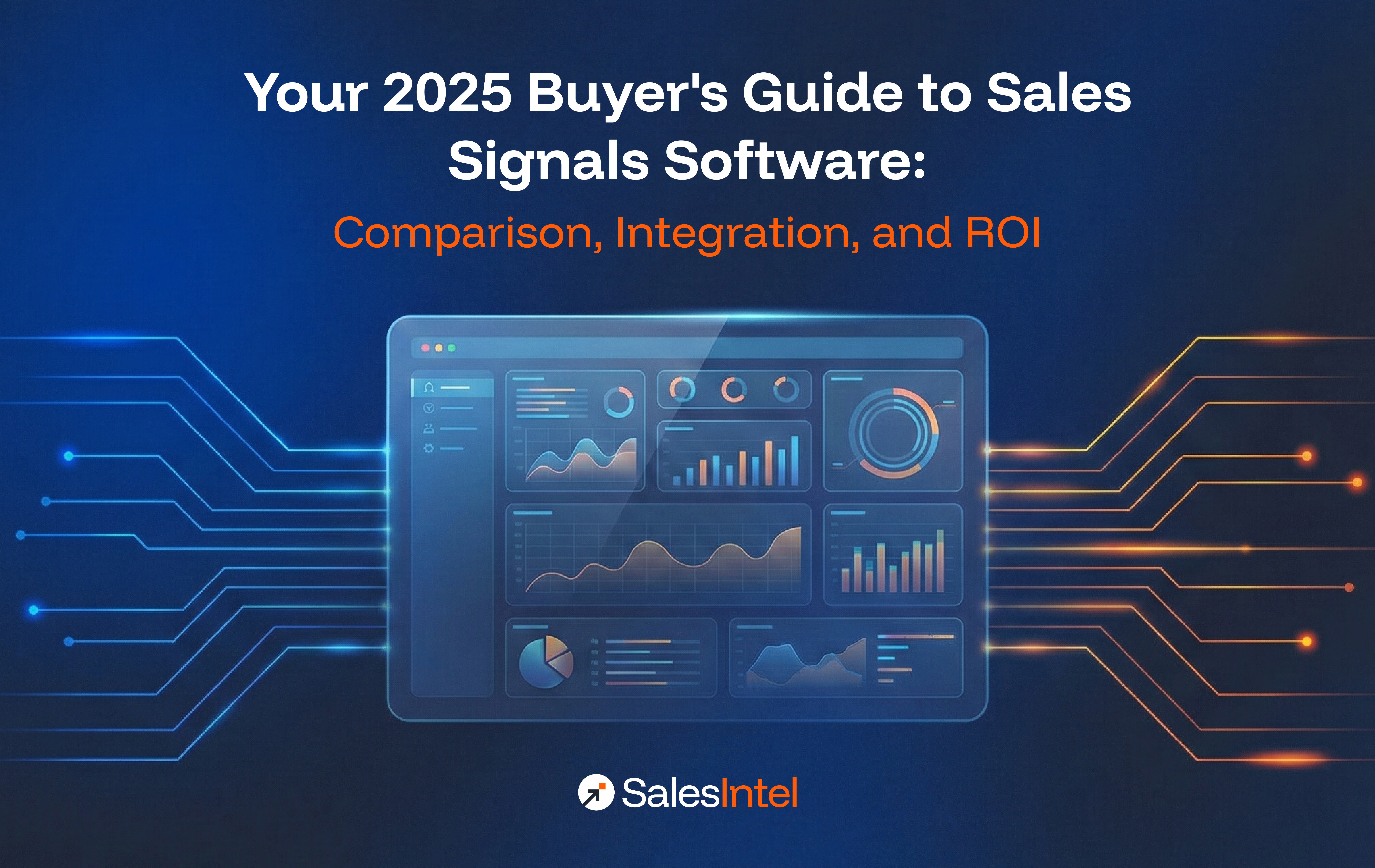Recruitment is undergoing a massive transformation enabled by new technologies, data platforms that speed up processes, and tools to automate repetitive tasks. AI is being used to assess candidate performance during interviews, chatbots for initiating the first level of contact with candidates and many more technologies to avoid a bad hire.
The Consequences of a Bad Hire
Bad hires archives one of the biggest challenges recruiters face. Recruiters work effortlessly to avoid a bad hire as it not only upsets the performance metrics of the team but also affects the confidence and morale of the team members. Partnering with executive hiring experts further increases the likelihood of connecting with top candidates faster.
There are three primary reasons for making a bad hire:
- The candidate leaves in a few months for a better offer elsewhere.
- The team might find a substantial gap between what the candidate promised on his resume and his actual performance after joining.
- There may be situations where candidates/skills are scarce or the team rushed through the process without enough guidance to the candidate due to pressure.
74% of companies who admitted that they’ve hired the wrong person for a position lost an average of $14,900 for each bad hire.
In addition to this, recruiters have several factors at play – new job posting fees, investing time to conduct fresh interviews, loss of productivity, team dynamics, impacts on deadlines, and much more.
Recruiting Is No Longer a Guessing Game
Companies are identifying effective ways to make their hiring processes more effective using innovative methods to hire the right fit for the job. And to achieve that, businesses that leverage data are achieving some impressive results. With accurate contact and company data, recruiters can identify the right people at the right companies to minimize their initial recruitment efforts.
Let’s dive deep to learn how HRs can use data-driven recruiting to refine the existing recruitment process.
1. Picking Relevant Data to Reduce Efforts
Gathering accurate data on your prospective hires is essential. This can speed up the process of identifying, contacting, and on-boarding the best talent for your organization, resulting in greater efficiency at a reduced cost. Businesses have already started using data platforms as a recruitment solution which is helping them apply the relevant metrics and develop a streamlined, effective hiring process using data filters including:
- Title
- Location
- Current Employer
- Technology Used or Worked On
- Company Size
SalesIntel for recruiters gives you access to firmographic as well as the technographic data that will help you filter the right candidates. You can screen for titles, roles, contact info, company data, technologies used and organizational structure to ensure you’re always targeting your efforts at the right candidates.
2. Refining the Antiquated Hiring Process
Data-driven recruitment has helped companies to refine antiquated conventional processes. With access to a wide range of accurate candidate data, recruiters can streamline and expedite the existing process to reach the right talent before you lose the strong candidate to another enterprise.
For example, if you are using LinkedIn Inmails to reach candidates as a part of your recruitment process, using free tools like SalesIntel’s RevDriver can help you find the contact info for your ideal candidate through LinkedIn, allowing you to reach out via email and direct-dial phone numbers in addition to Inmail. As a result, you can personalize your message and reach the candidate wherever they are engaged increasing response rates.
3. Using Data to Predict Speed of Hire
Providing more accurate hiring time estimates to the stakeholders will add value to your recruitment process. If you have a database of ideal candidates ready, you can predict the timeline to fill the position. Using data for recruiting the right talent not only speeds up the process but also improves productivity.
For example, it takes a lot of time searching for and identifying candidates for a single position. The higher the role and more experience needed the more challenging and time consuming this process is. This hurts productivity. Data platforms like SalesIntel can help you get the required data quickly based on your criteria.
4. Decrease Hiring Costs
Reliable data will help you identify the right targets and connect with them quicker and easier. This will inevitably result in a decrease in your overall cost of hiring. That’s because you’re essentially filtering the unwanted candidates that you otherwise would have had to qualify using the traditional hiring process.
For example, partnering with a reliable data partner will help you eliminate the time and money spent on reviewing resumes and conducting interviews with candidates that are bad fits.
5. Accurate Data Leads To Smarter Decisions
To take a more strategic approach to the recruitment process, it is important to have accurate actionable intelligence. Accurate firmographic and technographic data allows you to create and send smarter follow-up messages to keep them engaged with you. If you can make your communication valuable, candidates are more likely to take an interest, especially if you want to recruit someone at a higher position.
Final Takeaway
Leveraging data vastly improves the success of your recruiting program. If used properly, accurate data will lead to increasing efficiency and powering strategic recruiting decisions.
Schedule a demo to learn how we can help you source high-quality candidates.





